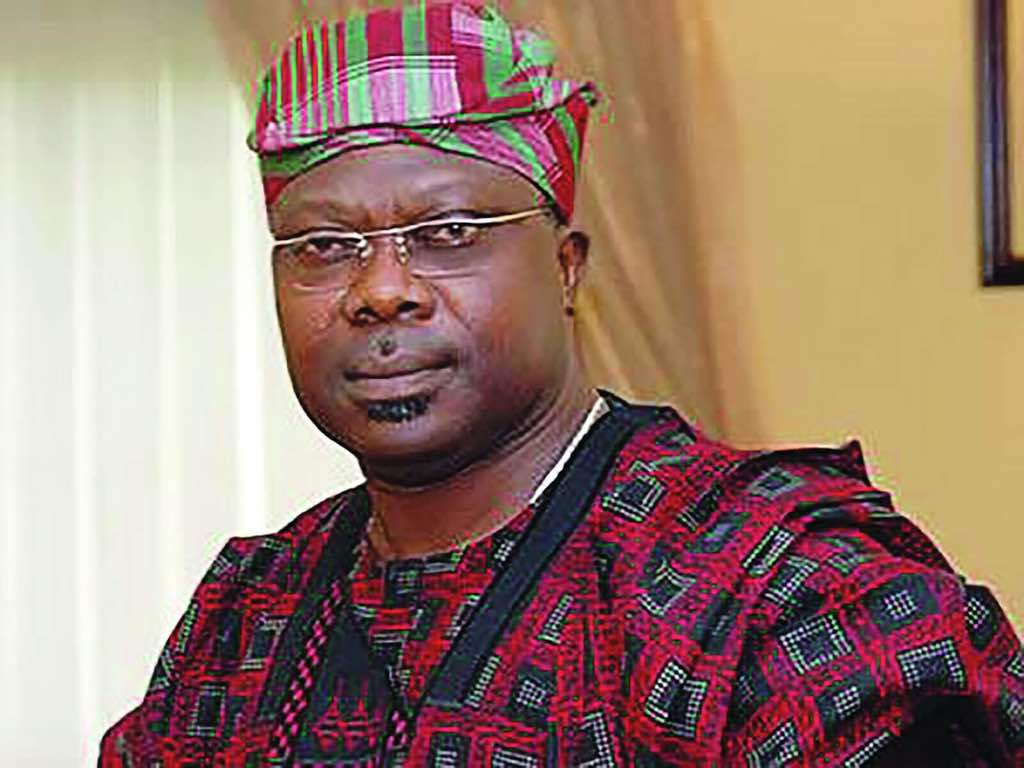THE Osun Osogbo grove in South-West Nigeria is situated on about 75 hectares of land. It has a great river, bio-diversity, eco-tourism and ecology.
The grove is significant, primarily as it focuses on economy, art and craft, commerce and industry, sociocultural and religious identities, and the origin of the Osogbo people.
It has, over the years, evolved from a local centre of attraction to regional and, subsequently, global importance, as tourists now come from all over the world to perform the annual pilgrimage. This area cannot be overlooked, especially when cognizance is taken of the high number of people who troop to Osogbo annually for the Osun Osogbo festival.
The enlistment of the grove by UNESCO as a World Heritage Site (WHS) on July 15, 2005, has further put it on the world cultural map, thereby making it receive more international visitors yearly.
According to the World Travels and Tourism Council, the Nigerian travel and tourism industry is projected to have generated about N5.12 trillion ($20.2 billion) in 2016, representing 4.7 per cent of the country’s Gross Domestic Product (GDP).
Therefore, based on the tourism industry’s projection, maximizing Osun Osogbo Grove’s potential will provide more economic opportunities for Osogbo and Nigeria as a whole.
However, we can achieve this by focusing on some points, like creating a database for the grove’s planning, development, operation and sustainable maximization.
It is also vital for the government to provide essential infrastructure, create favourable legislation and strategic policies, and establish an efficient security system for visitors visiting the grove.
The government or entrepreneurs’ establishment of world-class hotels, restaurants, and nightclubs, among others, is also crucial to benefit from the massive number of people who visit the grove annually.
Also necessary is the provision of efficient transportation and communication systems to make the movement of people, especially foreigners in the country easy, and also for them to be able to communicate easily with their families in their home countries.
Art, craft and cultural entrepreneurs should also be supported by the government, community leaders, groups, corporate organizations and financial institutions through the provision of loans with single-digit interest rates to boost their productive capacities so that they can also benefit from the tourist potential of the grove.
Fashina is Principal Museum Education Officer at National Commission for Museum and Monument, Osogbo.
Tribune








